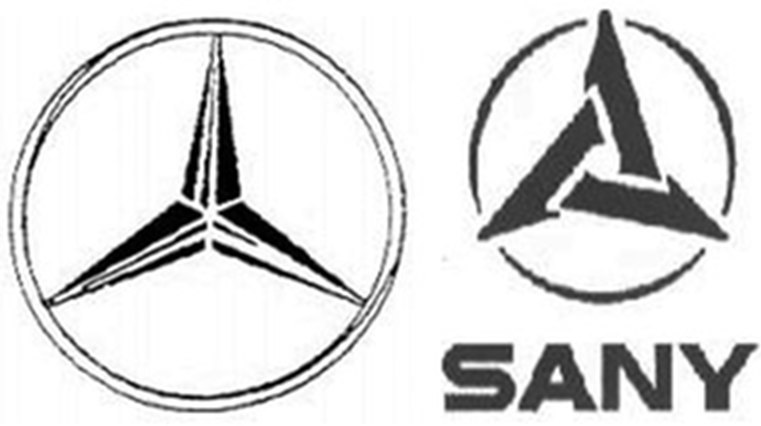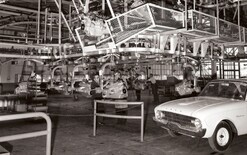Marque loses trademark claim

An application by Daimler AG to overturn an Intellectual Property Office decision approving Chinese company’s Sany Group to register its trademark has been rejected. The marque’s dispute with Sany, which makes and exports heavy machinery, vehicles and equipment, is part of an international one between the two companies. Sany’s trademark application was approved here in 2008, and it has applied to register it in the UK, US and Australia. In New Zealand, it was approved for two classes of vehicles ranging from buses and concrete mixers to excavators and cranes. Daimler initially opposed registration on five grounds, with one being Sany’s logo was likely to cause confusion because of its similarity to Daimler’s. It further claims Sany’s mark couldn’t be registered here because Daimler’s are well-known and Sany’s is too similar. In her 2008 decision, Jennie Walden, assistant commissioner of trademarks, rejected Daimler’s grounds of opposition. In a recently judgement from Wellington High Court, Justice David Collins agrees with that decision to approve Sany’s application. Collins found the similarities between the marks to be “minor – the Daimler marks are a representation of a star and symbolise superior quality”. He says: “The simplicity of Daimler’s marks is striking. The Sany mark looks like a spinning rotor.” Sany says its trademark was created in 1989 consists of three “1” symbols pointing toward each other but not connecting. They symbolise “Sany’s future development is like a snowball and is growing and thriving”. The three numerals “pierce the outer circle, breaking through the siege and radiating outside meaning products are sold on a global basis in a successful manner,” Sany claims. Daimler started using its “three-pointed star” trademark on vehicles in 1909 and in this country two years later. From 1910, it was placed on its cars’ radiators. “The star was to symbolise Daimler’s ambition of universal motorisation — ‘on land, on water and in the air’,” says David Moore, the marque’s London-based trademark attorney. In August 1923, the three-pointed star enclosed in a circle became a registered trademark in Germany and has since been registered in countries across the world. Prior to Sany’s application, Daimler had 18 “three-pointed star” marks registered here. Collins says individual and commercial buyers of Daimler and Sany products are likely to be well-informed and conduct reasonable market research beforehand. “The absence of convincing evidence of deception or confusion between Daimler and Sany products during the period of time both have been trading in world markets underscores my conclusion Sany discharged the burden of proving absence of confusion or deception.” Daimler has until April 23 to go to the Court of Appeal.





